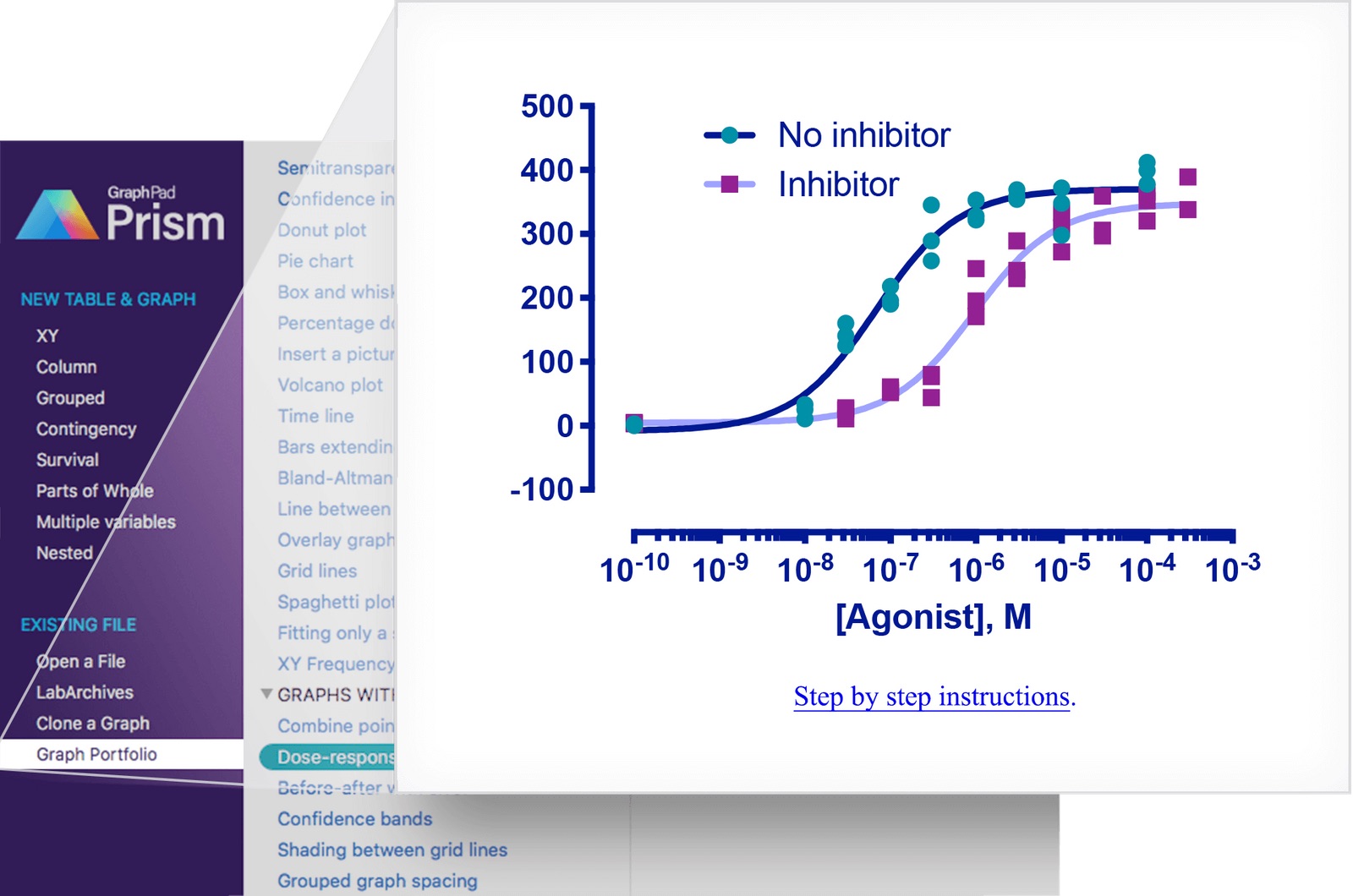

Relapses may be related either to viral reactivations, or to rapid reduction of systemic steroids, or to administration of new drugs or to previously tolerated drugs after dose increase. Relapses manifesting as exacerbations of exanthema, recurrent eosinophilia, or hepatitis are typical, even if the inducing drug is discontinued. DRESS may persist for weeks or sometimes even for months. Despite discontinuation of the causing drug, clinical improvement is often delayed. However, shorter latency periods (< 14 days) have been observed. Furthermore, the latency period between exposure and symptoms is usually long (2-8 weeks) consequently drugs as potential triggers are often not considered. Especially in the prodromal stage, non-specific symptoms resembling those of infections or autoimmune diseases may appear. The clinical recognition of DRESS is challenging.

Other organs such as the kidneys, heart, lungs, pancreas, bone marrow, or the cerebral areas are affected occasionally. Drug reactions with eosinophilia and systemic symptoms (DRESS), also called drug induced hypersensitivity syndrome (DiHS) are severe T cell mediated drug hypersensitivity reactions (DHRs), leading to exanthema, fever, eosinophilia, lymphadenopathy, and hepatitis.


 0 kommentar(er)
0 kommentar(er)
